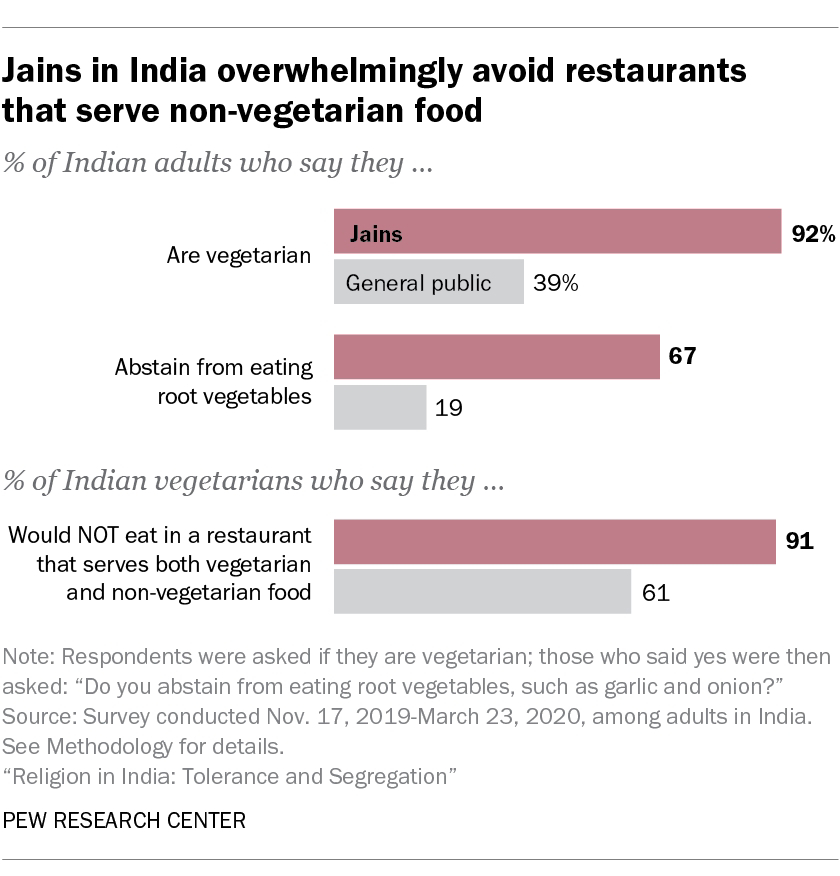Jains are found in almost every part of India. There are different Jain communities in India. They can be divided into 9 major groups based on their linguistic diversity.
1. Rajasthani Jains -
Marwad Jain's - Shwetambar
Dhundar Jain's - Digambar
2. Gujarati Jain's - Shwetambar
3. Bundelkhandi Jain's - Digambar
4. Marathi Jain's - Digambar
5. Kannada Jain's - Digambar
6. Tulu Jain's - Digambar
7. Tamil Jain's - Digambar
8. Malayali Jain's - Digambar
9. Hindi Jain's - Digambar and Shwetambar
There are two major types of Jains, namely Digambar and Shwetambar.
1. Digambar(Dik+Ambar): Meaning, whose clothes(ambar) are his directions(dik)
These are the type of Jains who believe that the only way to achieve salvation is to eliminate all the attachments of life. It is due to this belief that Digambara Monks do not wear any clothes. Comparatively digambara sect is more rigid than shwetambara.
Digambaras are further divided into
Beespantha
Terapantha
Taranpantha
2. Shwetambar(Shwet+Ambar): Whose clothes(ambar) are white(shwet)
These type of Jains do not shun clothes. Shwetambara monks wear a simple white clothing(dhoti). Followers of this sect believe that there is not sufficient evidence to support that Jains need to give up clothes.
Shwetambaras are further divided into:
Murtipoojaka
Sthanakvasi
Terapanth
Along with some differences, both believe in basic principles of Jainism and the nuns of both the sects wear clothes. Some Shwetambaras decorate the idols with Jewellery while Digambaras do not. Also, Shwetambara idols’ eyes are looking upward while Digambara idols’ eyes remain lower than the line of sight but not closed.
The Jain population in India according to 2011 census is 0.54% i.e. 4,451,753 (Males 2,278,097; Females 2,173,656) out of the total population of India 1,210,854,977 (males 623,270,258; females 587,584,719).






No comments:
Post a Comment